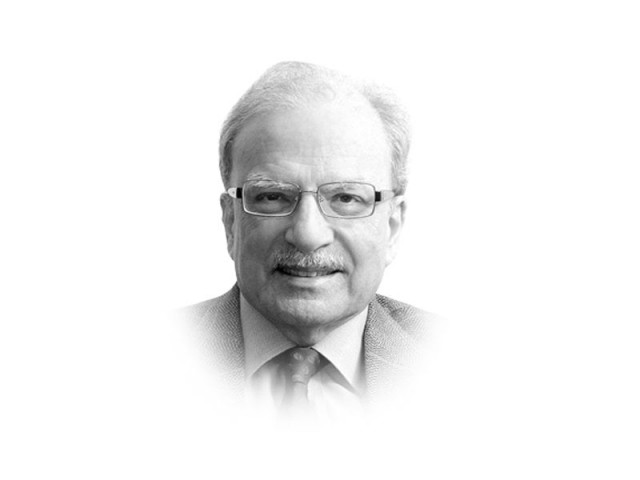Demography and politics
The demographic path the country would take depends partly on the new government’s ability to do what it has promised

The writer is a former caretaker finance minister and served as vice-president at the World Bank
The demographic path the country would take depends partly on the new government’s ability to do what it has promised in terms of social development. We know from the experiences of other countries that were able to go through demographic transitions is that the most important determinant of change is the social status of women. Bangladesh is a good example of transitioning from a high rate of population growth to one that is reasonably low. This was done in a remarkably short period of time; in about a generation. When Bangladesh was a part of Pakistan it had a larger population than that of the western wing with a higher rate of human fertility. The impressive growth of the garment industry that mostly employs women has significantly increased their incomes. They also have better control of their lives. The result has been a steady decline in the rate of fertility and family size.
The same could happen in Pakistan if the new government places emphasis on the development of two sectors of the economy — livestock and skill-intensive small-scale industries. Both could increase women’s participation in the workforce. I estimate that the rate of growth of population could be halved between now and 2028, from 2.4 per cent a year to 1.2 per cent. Pakistan’s population could reach 260 million by 2018, 50 million more than the present 210 million. In the absence of the economic advance of women, the rate of population growth may hover around an average of 1.8 per cent a year, bringing the total to 275 million people.
The only time a government in Pakistan addressed the population issue was in the 1960s when Field Marshal Ayub Khan was in charge as the country’s first military-led government. His approach was to focus on the supply side of population control services rather than on the demand side. A family planning operation was launched and Enver Adil, a member of the Civil Service of Pakistan known for his dynamism, was placed in charge. The president took an active interest himself, speaking frequently about the need to bring down the rate of population growth, which then was hovering around three per cent a year. It was inevitable that the attention the programme received would excite opposition, especially from the religious establishment. Using the mosque loudspeakers as their weapon, religious extremists began to discredit the programme, maintaining that it was un-Islamic. This became a major issue in the anti-Ayub Khan movement launched in 1967 that eventually led to his fall in March 1969. A lesson was learnt and no successor government attempted population control as an important public policy issue.
Imran Khan, the new prime minister, has not directly addressed the demographic situation in the country as deserving attention by his administration. That said, his emphasis on broad social development and increasing women’s participation should help on the demand side of population control. This is the most important lesson to be drawn from the Bangladeshi experience. Dhaka let the demand side take care of the supply side. When there is a cultural shift in terms of people deciding to have smaller families, they will take care of what is required to be done to achieve that goal.
The push towards smaller family size in Pakistan is likely to come from two directions: the increasing rate of urbanisation and families recognising that girls also add to their income and security. For a variety of reasons, urban households desire smaller size compared to those in the rural areas. A number of demographic studies done in Muslim societies reveal a strong male preference. If households wish to have two boys survive into adulthood and infant and child mortality rates are high, they tend to over-compensate, having more than two boys to avert the risk of losing one or possibly two to premature death. Improving health facilities and reducing infant and child mortality helps indirectly to reduce the population growth rate.
Changing cultural preferences also have major demographic consequences. Reducing male preference helps enormously and some of this may have begun to happen in Pakistan. Women are entering the workforce in large numbers. They are now visible in several lines of economic activity. These include education, healthcare, communication, information technology, even the government. They bring their incomes to their homes, demonstrating that they are economically as valuable as the boys in the household.
It would be helpful if the new administration weaves demography into its social agenda. This would provide a way of testing its performance. It should be made clear that for a country such as Pakistan, a large population can be an asset or a burden. The first would be the case if the youth who are in abundant supply were to be educated and trained to enter the workforce needed by the modern service sector. Some of this has already begun to happen. A rapidly developing modern service sector could become a major export earner. However, if the youth are left unattended as was done by the PPP and PML-N governments, they would burden the economy and society and turn politics more volatile.
Published in The Express Tribune, September 10th, 2018.
Like Opinion & Editorial on Facebook, follow @ETOpEd on Twitter to receive all updates on all our daily pieces















COMMENTS
Comments are moderated and generally will be posted if they are on-topic and not abusive.
For more information, please see our Comments FAQ